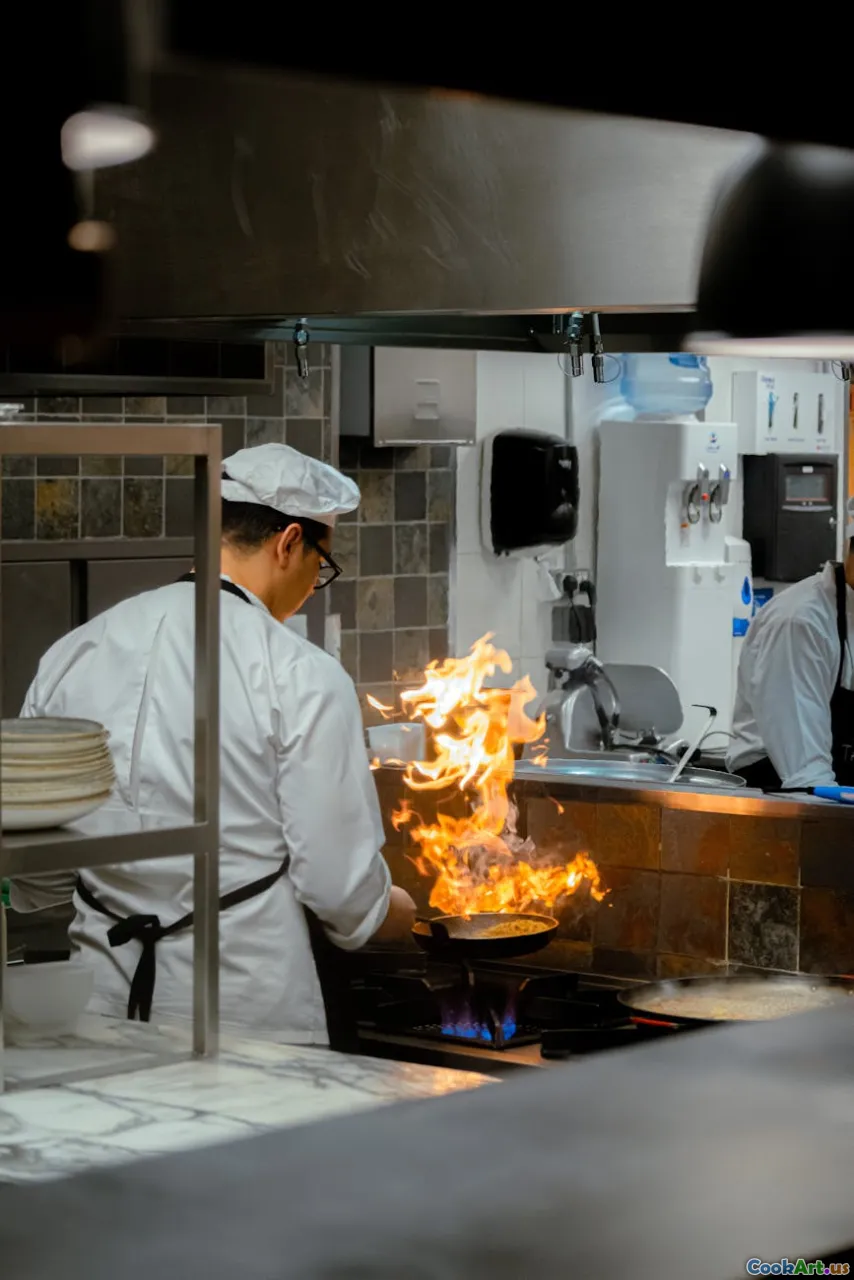Understanding Cooking Temperatures
5 min read Dive into the importance of cooking temperatures for safety and flavor, ensuring your meals are delicious and safe to enjoy. April 06, 2025 19:45
Understanding Cooking Temperatures
Cooking is as much an art as it is a science. One of the most critical aspects that bridges these two worlds is temperature. Understanding cooking temperatures not only ensures food safety but also enhances the flavor and texture of your dishes. This article delves into the importance of various cooking temperatures, helping you master the heat in your kitchen.
The Basics of Cooking Temperatures
Cooking temperatures can be broadly categorized into three main ranges: low, medium, and high. Each range serves a specific purpose in cooking and can affect the outcome of your dishes.
Low Temperatures (Below 250°F / 121°C)
Low-temperature cooking is often associated with methods like slow roasting, braising, and sous vide. These techniques allow for gentle cooking, which can break down tough fibers in meats and retain moisture in delicate foods.
Benefits:-Enhanced Flavor: Slow cooking allows flavors to meld together, creating a rich depth in dishes like stews.
- Improved Texture: Cooking meat at lower temperatures helps maintain its juiciness, making it tender and succulent.
Medium Temperatures (250°F - 375°F / 121°C - 190°C)
Medium temperatures are versatile and often used for roasting, baking, and sautéing. This range is ideal for achieving a balance between cooking through and developing a nice browning or crust on the surface of the food.
Benefits:-Even Cooking: Medium heat ensures that food cooks evenly without burning the exterior.
- Flavor Development: It allows for the Maillard reaction, which is crucial for developing flavors and aromas in various dishes.
High Temperatures (375°F / 190°C and Above)
High-temperature cooking methods include frying, grilling, and broiling. These techniques are perfect for quickly searing meats, achieving crispy textures, or charring vegetables.
Benefits:-Quick Cooking: High heat cooks food quickly, trapping moisture and preserving flavors.
- Crispiness and Browning: Essential for achieving the desirable crispy crust on foods like fried chicken or roasted potatoes.
Food Safety: The Importance of Cooking Temperatures
One of the most crucial aspects of understanding cooking temperatures is food safety. Cooking food to the correct internal temperature is vital for eliminating harmful bacteria that can cause foodborne illnesses.
Recommended Internal Temperatures:
- Poultry (Chicken, Turkey): 165°F (74°C)
- Ground Meats: 160°F (71°C)
- Beef, Pork, Lamb (Steaks, Roasts): 145°F (63°C) with a three-minute rest time
- Fish: 145°F (63°C)
Using a food thermometer is the most reliable method to ensure your dishes have reached the appropriate temperatures. This simple tool can prevent food-related illnesses and ensure your meals are safe to eat.
The Role of Temperature in Flavor Development
Temperature not only affects safety but also plays a vital role in flavor development. Different cooking temperatures can lead to varying flavor profiles in the same ingredient.
Caramelization and the Maillard Reaction
- Caramelization: Occurs when sugars are heated, resulting in a sweet, complex flavor and a golden-brown color. It's essential for roasted vegetables and desserts.
- Maillard Reaction: A chemical reaction between amino acids and reducing sugars that gives browned foods their distinctive flavor. This reaction occurs at temperatures above 300°F (150°C) and is crucial for meats, baked goods, and more.
Conclusion
Understanding cooking temperatures is essential for every home cook. Not only does it ensure food safety, but it also enhances the flavor and texture of your meals. By mastering the art of temperature control, you can elevate your cooking skills and ensure that each dish you create is delicious and safe to enjoy. Next time you step into the kitchen, remember: it’s not just about what you cook, but how you cook it that makes all the difference!









